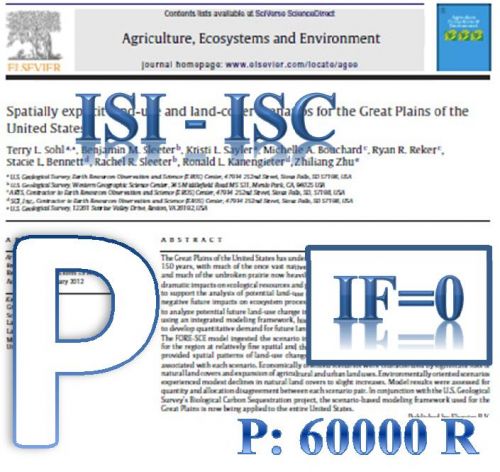Knowledge of morpho-protein patterns of genetic diversity improves the efficiency of germplasm conservation and development. The objective of present study was to evaluate 116 genotypes of Triticum turgidum from seven countries in terms of morphological traits and seed protein banding patterns. The results showed highly significant differences among the genotypes for the traits. The correlation between grain yield and weight per spike was significant and positive, while the correlation between days to heading, length of peduncle and plant height was significant and negative. The factor analysis classified the traits in to four main groups which accounted for 74.4% of the total variability. Sixteen allelic compositions were identified in the genotypes for high molecular-weight glutenin subunits. The three alleles were present at the Glu-A1 locus and 8 alleles at Glu-B1. The null allele was observed more frequently than the 1 and 2 alleles. Two alleles, namely 17 + 18 and 20 represented more frequent alleles at Glu-B1 locus. The genetic variability in Glu-A1and Glu-B1 loci were 0.42 and 0.81, respectively. The cluster analysis based on morphological traits and HMW-GS clustered the genotypes in to six and seven groups, respectively. The results indicated the presence of high genetic variability among the genotypes. Our findings suggest that the plants belong to different clusters can be used for hybridization to generate useful recombinants in the segregating generations, the genetics and breeding programs for improvement of durum wheat.
کلید واژگان :cluster analysis, durum wheat, genetic diversity, morphological trait, seed storage protein
ارزش ریالی : 600000 ریال
با پرداخت الکترونیک
